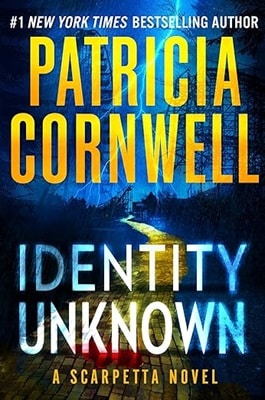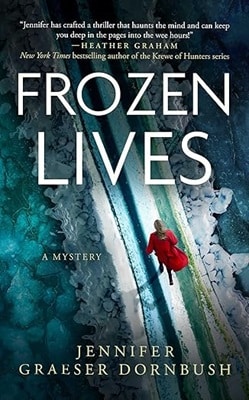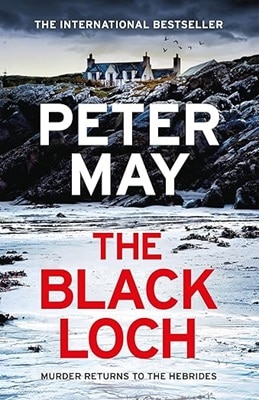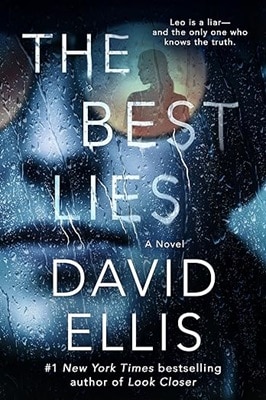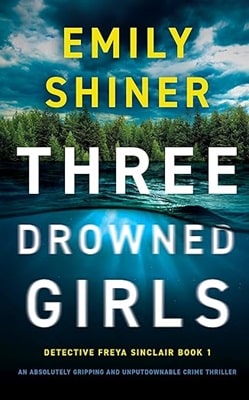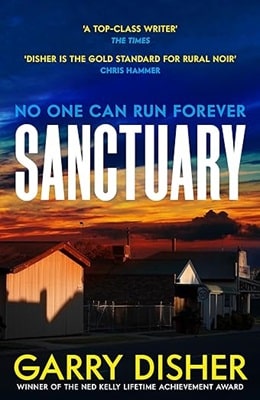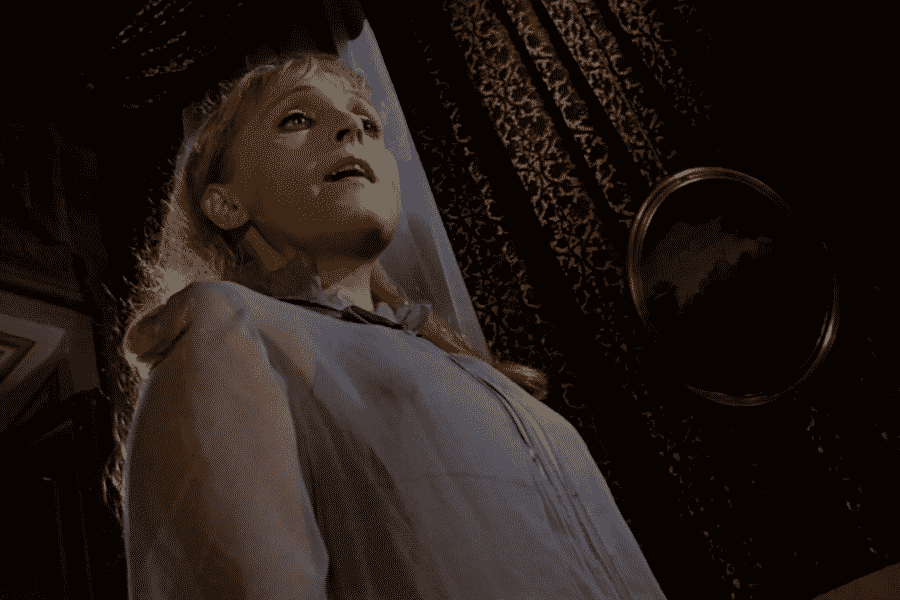
Giallo and the Crime Thriller
by Bryan Cassiday
There is perhaps no other genre than the Italian giallo that has had a more profound and lasting influence on modern crime thrillers. Today’s slashers and psychological thrillers both owe their very existence to the giallo.
The word giallo is Italian for yellow, which was the color of cheap Italian paperback mysteries that the Italian publishing giant Armondo Mondadori Editore, now based in Segrate, started publishing in 1929. They produced the Giallo Mondadori, a series of crime pulp novels. It is interesting to note that most of these books started out exclusively as translations of American and British mysteries, written by the likes of Rex Stout, Edgar Wallace, Raymond Chandler, and Edgar Allan Poe.
Although in the Italian language giallo is a broad term referring to any crime novel, including horror, the term more popularly began to refer to Italian mystery/crime films that have a horror and thriller element to them, such as Dario Argento’s first film, 1970’s Bird with the Crystal Plumage, which was loosely based on the American Fredric Brown’s 1949 crime novel The Screaming Mimi.
The movie is about a black-gloved raincoat-clad serial killer terrorizing and slaying young women living in Rome. An American writer named Sam Dalmas played by Tony Musante witnesses an assault at the beginning of the film and attempts to track the assailant, who attacks Dalmas’s girlfriend. Dalmas finally finds the killer, who is psychotic, driven mad by a painting that renders her homicidal. Interestingly, the main character in Argento’s Stendhal Syndrome is also driven mad by art. A psychotic killer is a staple of the giallo film.
To the English-speaking world, giallo films came to be known as Spaghetti Thrillers and Spaghetti Slashers, in the same fashion as Italian Westerns were called Spaghetti Westerns. The giallo films have a strong surreal horror element to them, distinguishing them from American crime films, such as film noir, which tend to be more naturalist. However, both giallo and film noir share an ominous tone.
Many giallo films, such as Argento’s Tenebrae (1982) and Mario Bava’s Hatchet for the Honeymoon (1970), have a dreamlike element to them unfolding as if they are emanating from the subconscious. The illogicality of the films instills fear in the audience, entering their minds like dreams, or, more accurately, nightmares. Villains are frequently psychotic murderers (a schizophrenic writer in Tenebrae, aka Unsane) or serial killers (a sociopathic serial-killer fashion designer in Hatchet).
Bava is credited with creating the first giallo slasher horror film, 1971’s Bay of Blood (aka Carnage, Twitch of the Death Nerve, and Blood Bath). A bevy of slasher films proliferated in Hollywood soon after. There would be no Silence of the Lambs novel by Thomas Harris, if it weren’t for giallo films.
Like slashers, psychological thrillers also have their roots in giallo films.
Psychological thrillers are populated with psychotics, who can sometimes be the narrator, as in Bava’s Hatchet for a Honeymoon. These thrillers are saturated with a deep sense of unease, dread, and paranoia, informing them with a horror aspect. The psychotics in these films and novels look and act like everybody else, except for one thing—they are homicidal maniacs. For example, the hero of the American movie The Stepfather, based on the 1987 novel by Brian Garfield and starring Terry O’Quinn, happens to be a psycho who wants to have a perfect family. If the family doesn’t live up to his preconceived connubial ideal, he slaughters them in horrifying and bloody fashion. Needless to say, since no family can live up to his unrealizable ideal, every time he gets married and starts a new family he ends up butchering them in cold blood.
Another giallo film by Bava had a profound effect on Hollywood crime films, namely, 1964’s Blood and Black Lace, which is set in a fashion house and centers on a masked serial killer wearing a black fedora and a trench coat who is murdering beautiful models by lurid, sadistic means, for example, killing a model by burning off her gorgeous face with a red-hot iron, as he tries to recover a scandalous diary that could torpedo the careers of famous people in the glamorous, chic world of fashion.
Instead of concentrating on the means used to find the killer as in traditional murder mysteries like those starring Sherlock Holmes, for example, giallo focuses on the actual murders themselves, filming them in minute detail and accentuating their gruesomeness. Unlike film noir filmed in bleak black and white, giallo utilizes vibrant colors that explode on the screen in a riot of flaming contrasts that highlight the violent, stylized set pieces of savage murders committed before the camera lens.
There would be no modern serial killer thrillers like Riley Sager’s Final Girls (2017) without the Italian giallo, which continues to influence modern crime thriller novels as well as films. Nor would there be David Fincher’s 1997 psychological thriller Seven, scripted by Andrew Kevin Walker, with Kevin Spacey starring as a psychotic serial killer murdering his victims in grisly, garish fashion with a system to his madness, to wit, dispatching them as representatives of the seven deadly sins and doing away with them accordingly.
The giallo is far from dead. It may fade in popularity for a while, but, like a zombie, it continues to return to life and thrill audiences. Even Dario Argento, one of the originators of the genre, is coming out with a new giallo thriller this year called Dark Glasses.
About the Author
Award-winning author Bryan Cassiday writes thrillers and horror fiction. His new Scott Brody thriller Threads, about the murder of a fashion icon in Beverly Hills who has skeletons in his closet and a long list of enemies, is being released on March 15, 2022. Visit his Amazon author page.

More Crime Thriller Features
Killers for Hire
The best killers for hire in fiction
Campus Crime Thrillers
The Secret History, Brick, and Other Campus Crime Thrillers
Criminology
The Appeal of Criminology in Crime Thrillers




